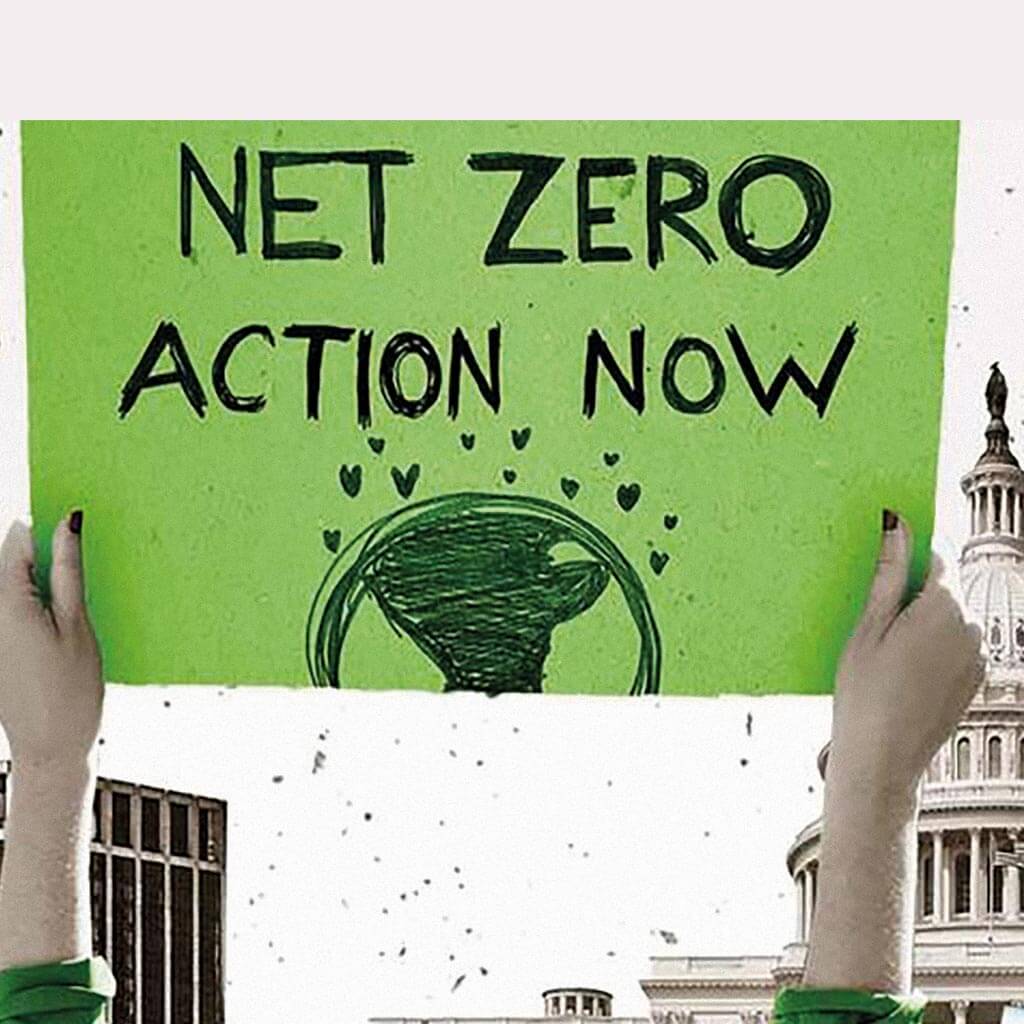Climate conversations can be filled with technical language. This is important in some situations, but we need to break through jargon to help the broader community better understand climate change and empower everyone to act.
There are so many ways individuals, organizations, companies and governments can contribute, but to do so, we all need to be on the same page. Unfortunately, that page is often full of jargon – words sustainability professionals use every day without a second thought, but which are not always intuitive or are simply confusing to those beginning to dip their toes in climate talk. And we need everyone on board, not just the ‘experts.’
I had the chance to sit down with the Vox Explainer team to help demystify some of these terms and share examples of the kind of work our Nestlé teams are engaged in to help fight climate change. The best way to engage in something as immense as climate change is through simple steps. First, work to understand. Second, take action. And most importantly, do it together.
Three definitions to help understand climate action:
1. Net Zero
Reaching net zero emissions around the world is essential for fighting climate change. To get there, we need to reduce greenhouse gas emissions as thoroughly and quickly as possible – and balance any remaining emissions entering the atmosphere with the amount being removed. Carbon can be removed through the growth of forests and other natural processes. Setting science-based targets help companies and other organizations make progress towards achieving net zero.
2. Scope 3 Emissions
Companies may emit greenhouse gases directly through their own activities – like manufacturing – and through the way in which their raw materials are produced. These indirect emissions are often referred to as ‘scope 3’. For Nestlé, our ingredients begin on farms around the world, so a big focus of our net zero roadmap is addressing our ‘scope 3’ emissions coming from agriculture and land use. It’s critical that climate plans include scope 3, as this is often where the biggest impact sits.
3. Regenerative Agriculture
Regenerative agriculture is an approach to farming that aims to improve soil health – as well as protect water resources and biodiversity. By implementing it, we can capture more carbon AND foster healthier soils that are more resilient. By 2030, we aim to source half our ingredients through regenerative agriculture. We’re getting hands-on via Nestlé agronomists who partner and support farmers to transition their growing methods, and we reward farmers for sustainable and socially responsible practices.
It takes a serious amount of work to drive progress on emissions across our company, but early results show we’re on a positive path. We’ve past the peak of our carbon emissions, meaning we’re lowering the emissions we contribute to even as we grow and produce more food.
Owen Bethell – Environmental Impact Lead Global Public Affairs

